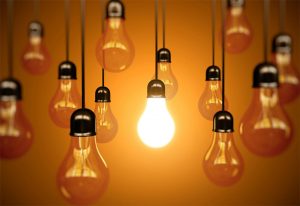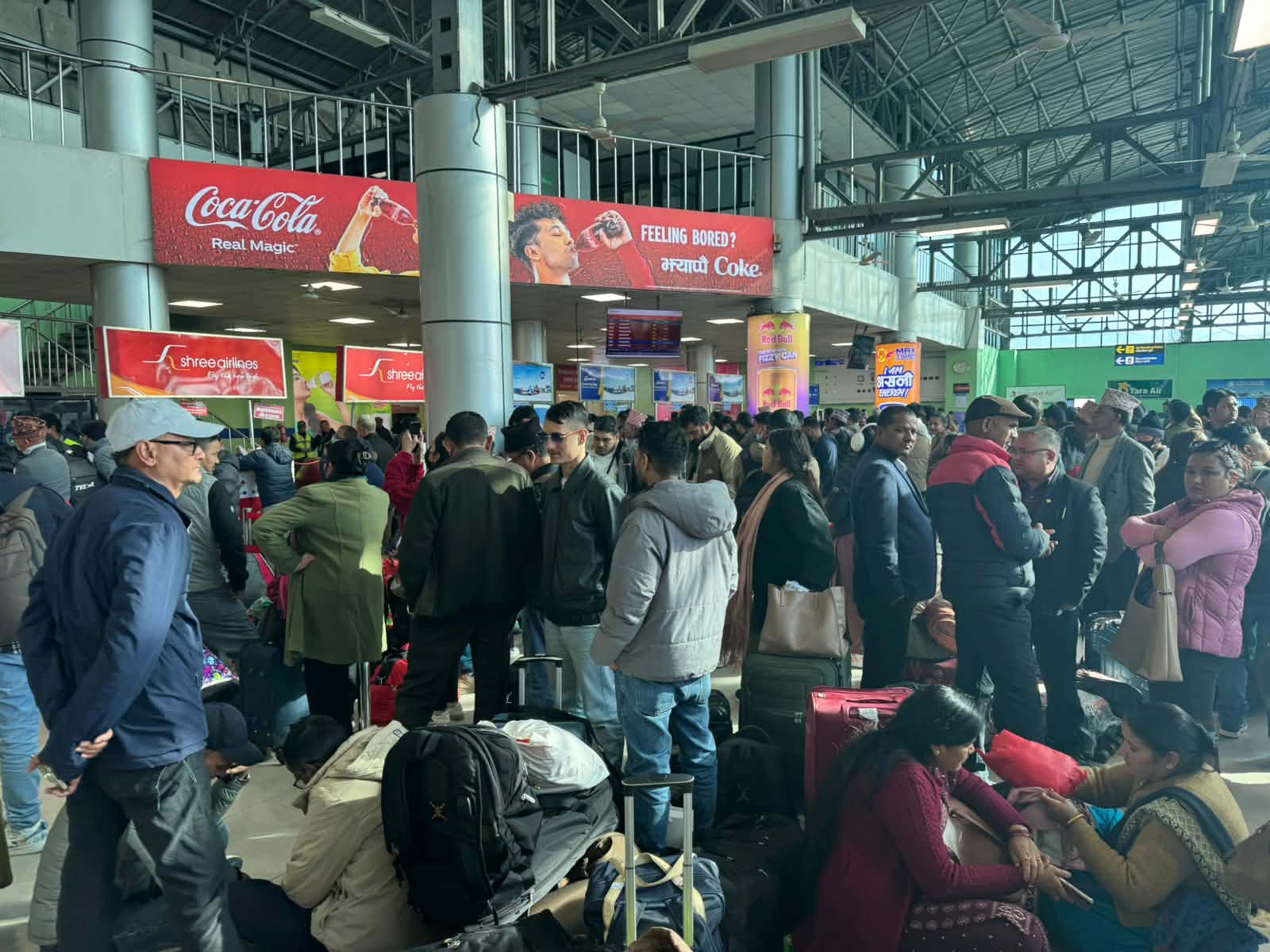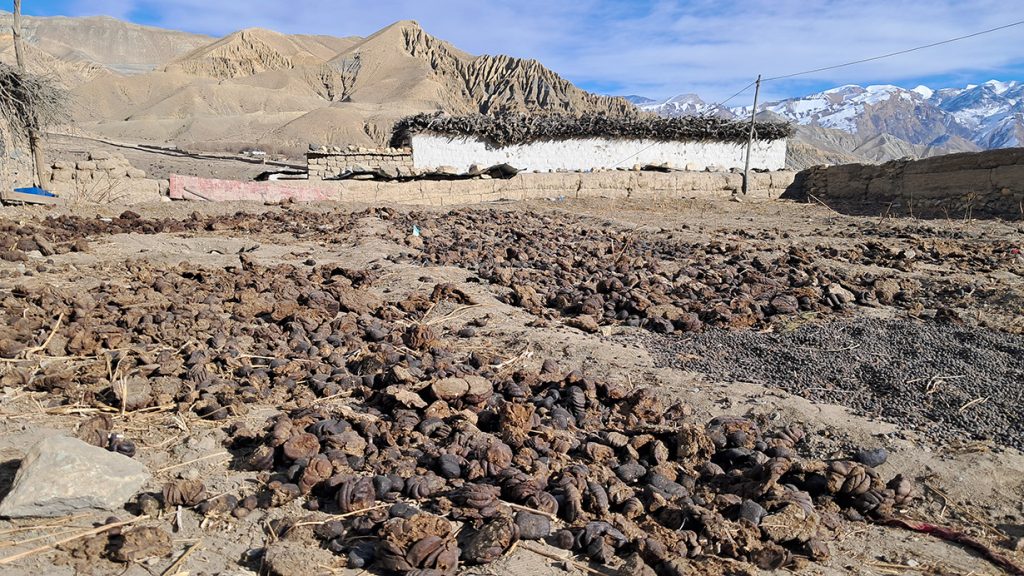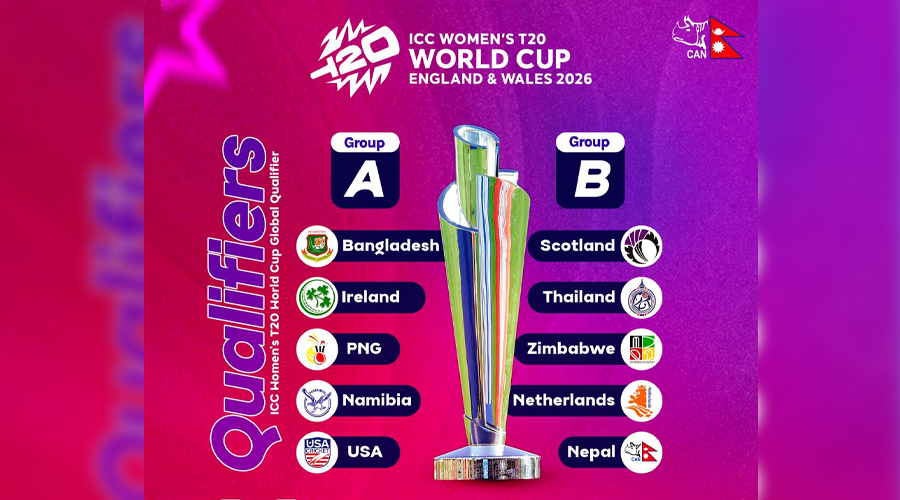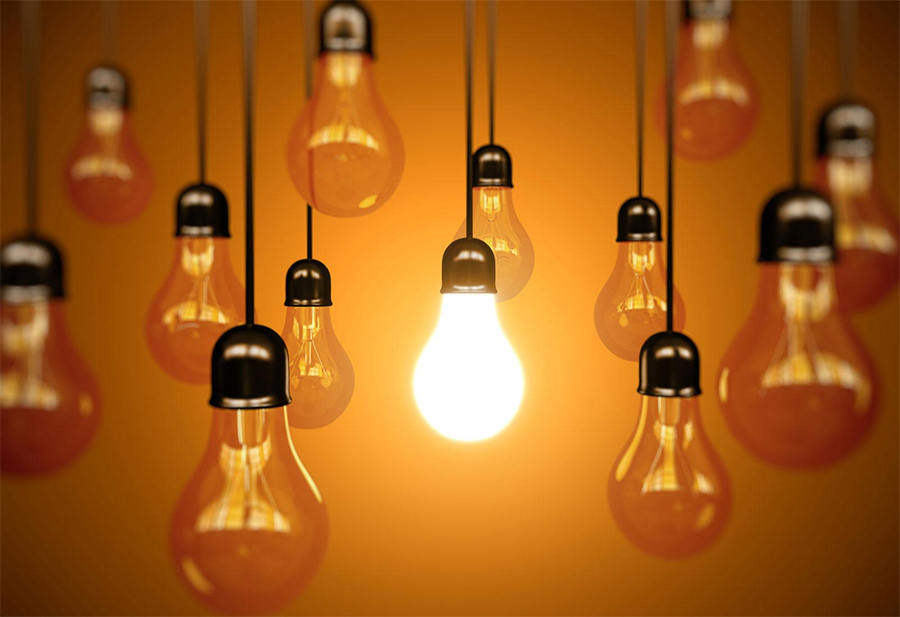
Kathmandu, July 3
The Nepal Electricity Authority has initiated discussions to explore the possibility of importing electricity from China and distributing it in the northern border areas.
These areas, which are challenging to connect through Nepal’s national transmission, will benefit from the proposed arrangement with China, says NEA officials.
An official from the NEA said they had an informal discussion with the Economic Counselor of the Chinese Embassy, seeking assistance for electrification projects in the border areas.
The source said the Chinese side was positive during these talks and has asked NEA to submit a written proposal through the Ministry of Foreign Affairs to further explore the collaboration.
The NEA official mentioned that the Chinese local government is currently providing electricity services in places north of areas such as Olangchung Gola in Taplejung, Keemathnka in Sankhuwasabha, Lapchi in Dolakha, Chumanuwri in Gorkha, and Hilsa in Jumla.
The official added electrification projects in these areas do not generate sufficient returns on investment and face difficulties in maintaining consistent and high-quality service hence it was practical to seek help from China.
Following China’s initial response, the NEA officials are excited. If NEA does import electricity from China in the future, NEA is planning to pay China based on the units consumed. This will involve installing metres at the import point to accurately measure and bill for the electricity consumed. The authority will collect the fee from the locals at the rate set in Nepal. However, payment will be made to the Chinese side according to China’s tariff rate.
According to government data, 97.20 per cent of people in Nepal have access to electricity. Approximately 93.65 per cent of the population receives electricity from the national transmission system in Nepal. On the other hand, around 3.54 per cent of the population relies on various alternative energy sources to meet their electricity needs.
The data also states 30 out of 753 local units are not connected to the national transmission line while 230 local units are partially connected to the national grid.







